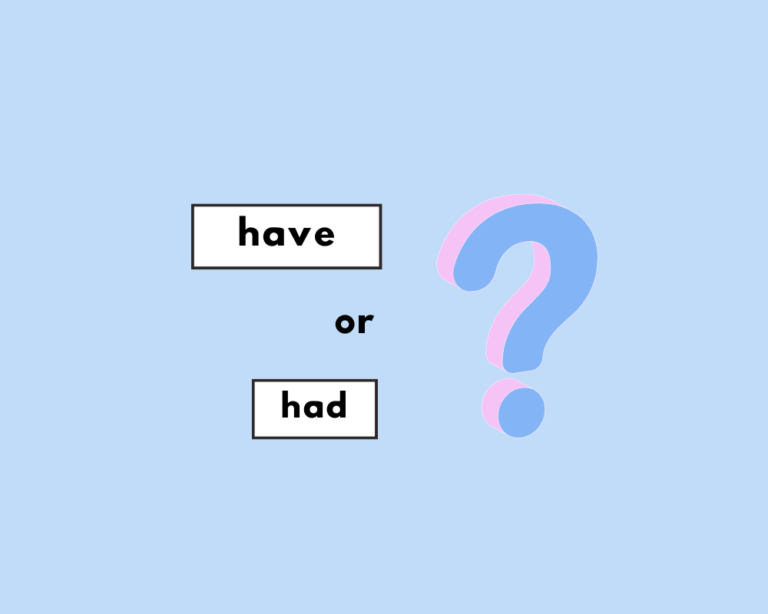
When to Use Have or Had? (Explained with Examples)
When should you use “have” or “had”? When is it correct to use have, has, or had? Phrased differently, what’s the past tense of have?
Grammarflex » verbs
Verbs are where all the action’s at—literally. They’re one of the main parts of speech that builds language, and they tell us what is actually going in sentences and speech. Verb is called “a word” for a reason (because they’re the most important words in a sentence).
There are many times of verbs, some of the most regularly confused include verb tenses, which are the inflections verbs take to show when they occured. The three principal tenses in English are the present tense, past tense and future tense. Each tense has four forms, or subsets; which, altogether, comprises of the 12 verb tenses in English.


When should you use “have” or “had”? When is it correct to use have, has, or had? Phrased differently, what’s the past tense of have?
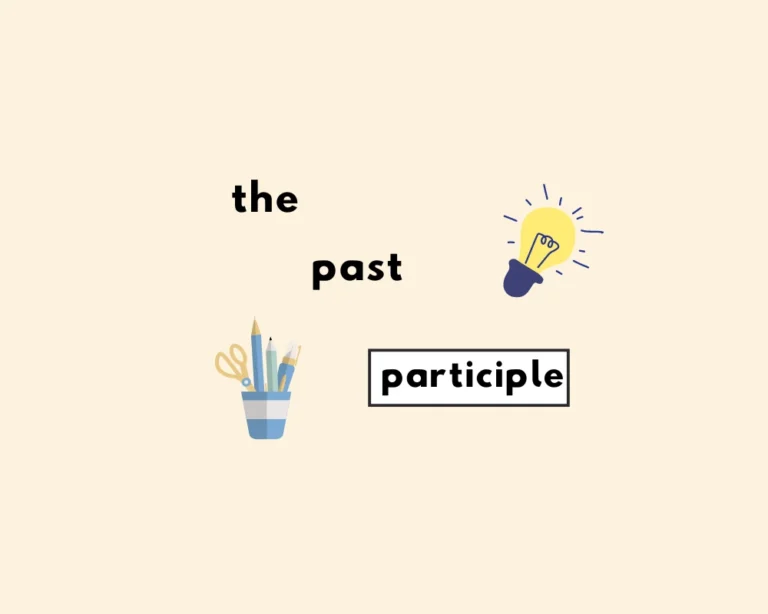
The past participle is a form of a verb that can appear as an adjective, or be used to form specific tenses and the passive
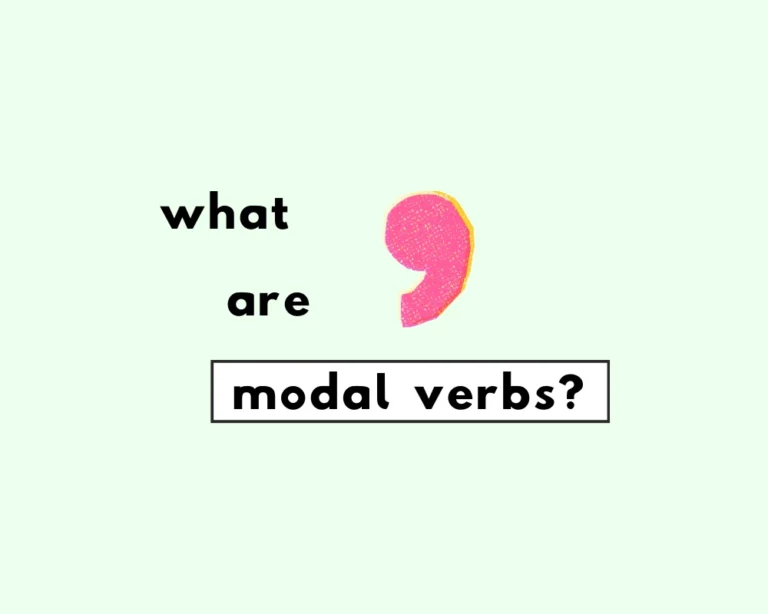
If you want to communicate that you can be somewhere later that week, or that you should be free (but you‘d have to check first).
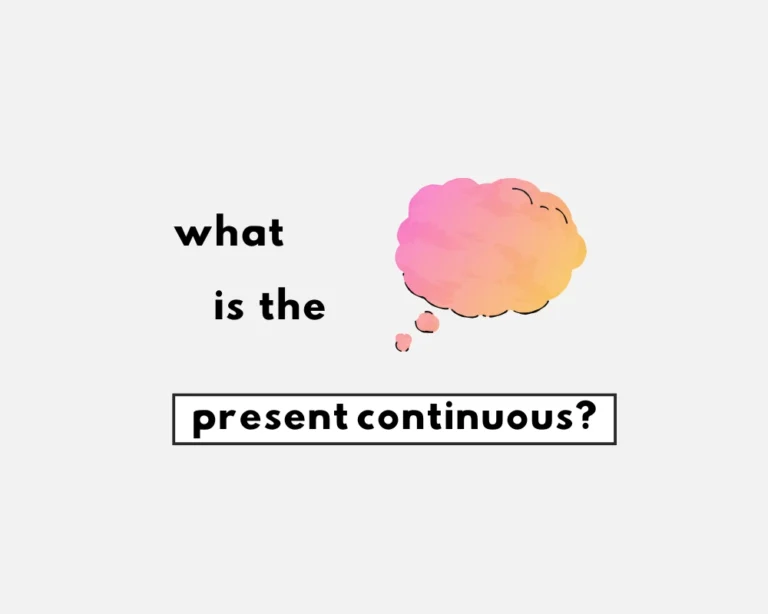
The present continuous (or progressive) How would you talk about something that’s happening in the moment, like right . . . now . . .
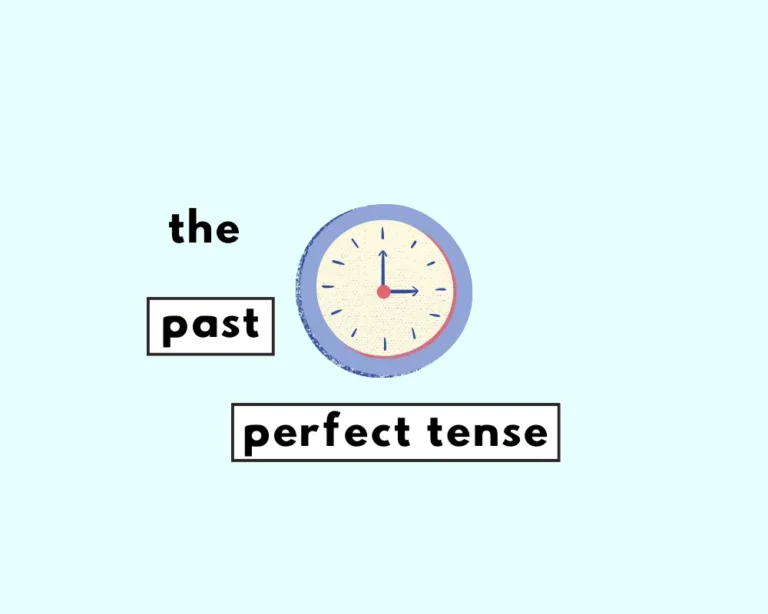
What is the past perfect tense? The past perfect, also called the pluperfect, is a form of the past that describes when something happened before
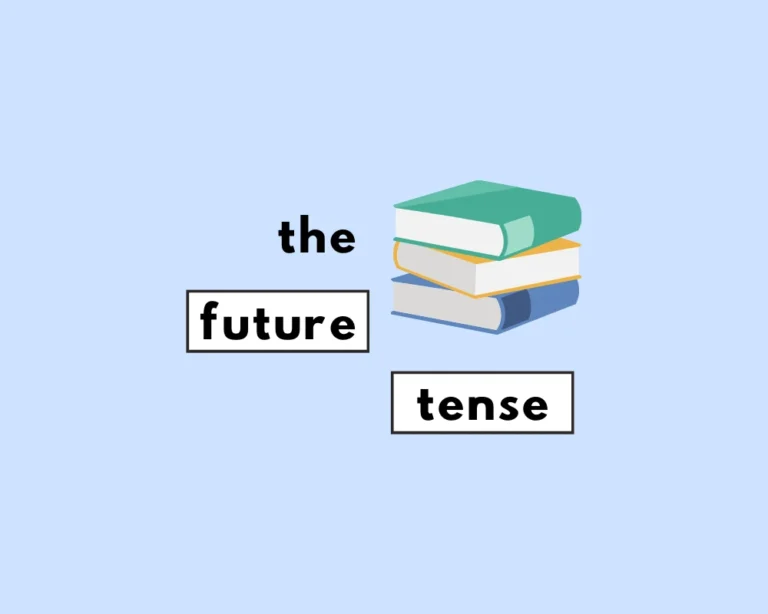
All about the future tense How do you speak about something that will take place in the future in English? By using the future tense,
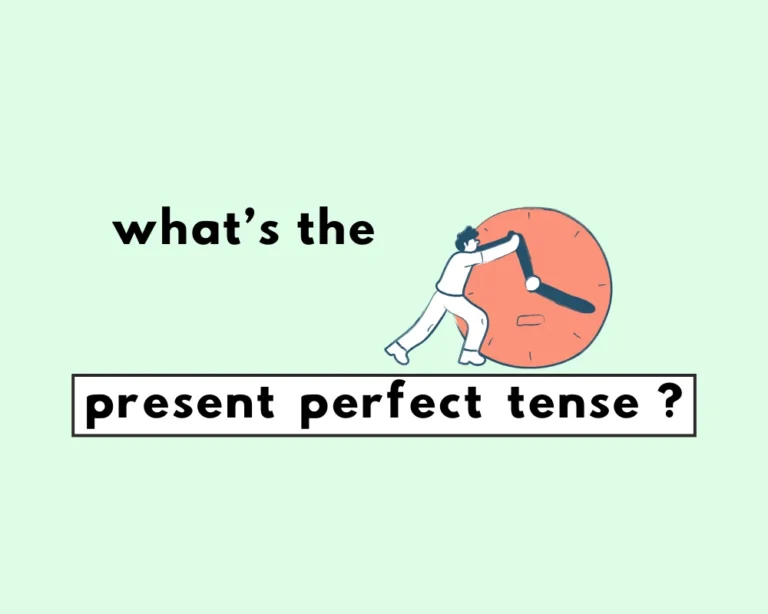
The present perfect tense The present perfect tense is a form of the present tense that highlights the connection between the present and past. We
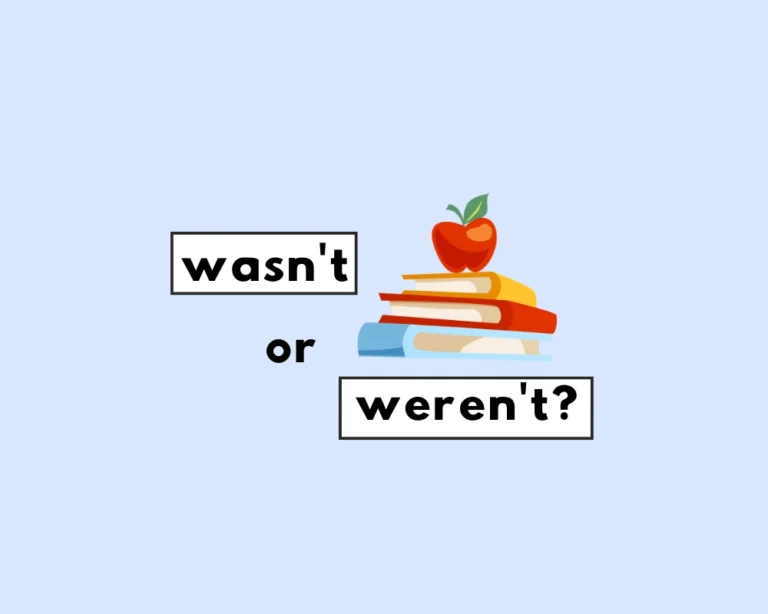
Use wasn’t for singular subject and weren’t when the subject is plural, except when communicating in the subjunctive mood.
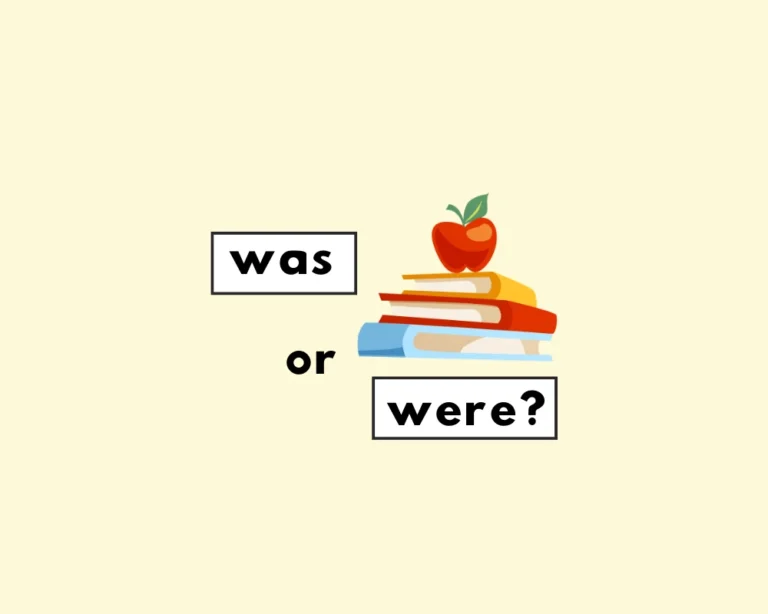
‘Was’ is for first-person and third-person singular subjects past tense, and ‘were’ for second-person and third-person plural subjects. With the subjunctive mood, use ‘were’ in all cases.
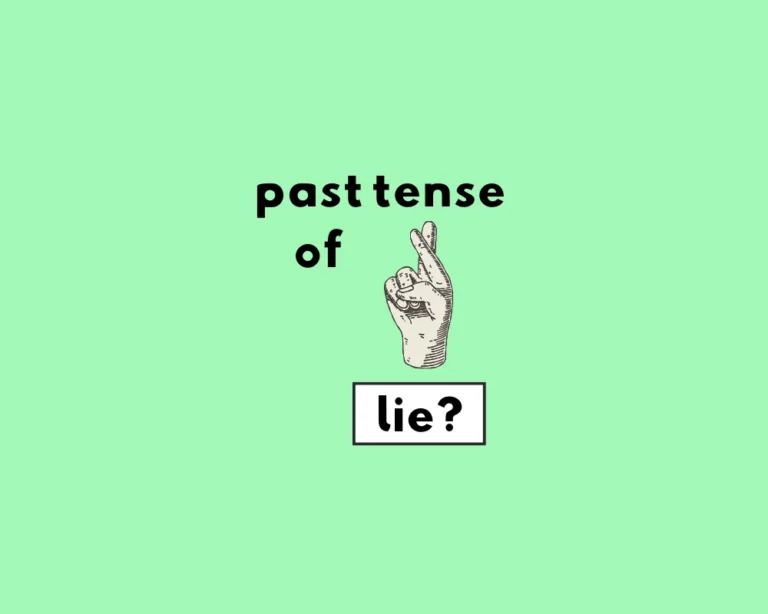
The past tense of lie down is lay down, and the past participle is lain. The past tense of lay (something) down on (something) is laid.